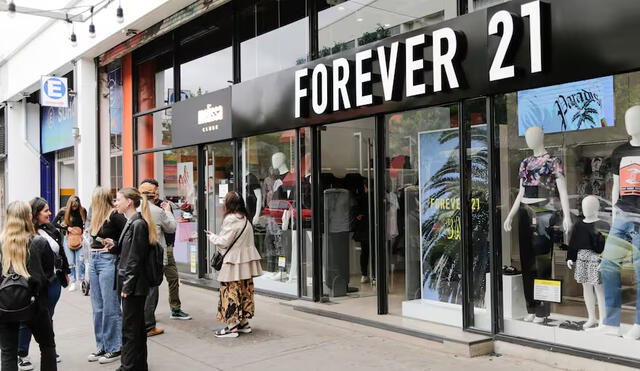Forever 21 files for bankruptcy amid foot traffic and online competition struggles
Struggling to keep up with the digital age, Forever 21 files for bankruptcy again, marking the end of an era for one of fashion’s most iconic fast-fashion retailers. Discover how the brand's battle with online giants and shifting shopping habits has led to its second major financial setback in just six years.

Forever 21 filed for Chapter 11 bankruptcy for the second time in six years, as its U.S. operating company struggled with declining sales and a challenging retail environment. The fast-fashion retailer, once popular for affordable clothing aimed at young adults, has been unable to find a buyer for its remaining 350 U.S. stores. This move follows the rise of e-commerce competitors like Amazon, Shein, and Temu, which have increasingly taken away market share.
Declining mall traffic and online competition impact Forever 21's growth amid rapid global expansion
Most of Forever 21's stores are located in shopping malls, and the company cited decreasing foot traffic as a major issue. The pandemic accelerated this trend, as more consumers turned to online shopping. Despite efforts to adapt, such as pop-up stores and collaborations, the company could not compete with the convenience and price point offered by its online rivals.
Founded in 1984 by South Korean immigrants in Los Angeles, Forever 21 quickly grew into a popular global brand. At its peak, it had a presence in over 40 countries. However, the company’s rapid expansion led to mounting debt and operational inefficiencies, ultimately making it vulnerable to market changes and shifting consumer preferences.
Forever 21 plans liquidation sales and store closures amid bankruptcy filing and retail challenges
The bankruptcy filing comes with plans to begin liquidation sales at its remaining U.S. stores. These sales are expected to help reduce the company's liabilities and streamline operations. However, industry experts believe the likelihood of closing most or all of the remaining physical stores is high, given the company’s ongoing struggles to revive its brick-and-mortar business.
Forever 21's second bankruptcy filing highlights the ongoing challenges faced by traditional retailers. As consumer habits continue to evolve, many brands are finding it difficult to balance the costs of maintaining physical stores with the increasing dominance of e-commerce. The company’s future will depend on how it adapts to the changing retail landscape.












